

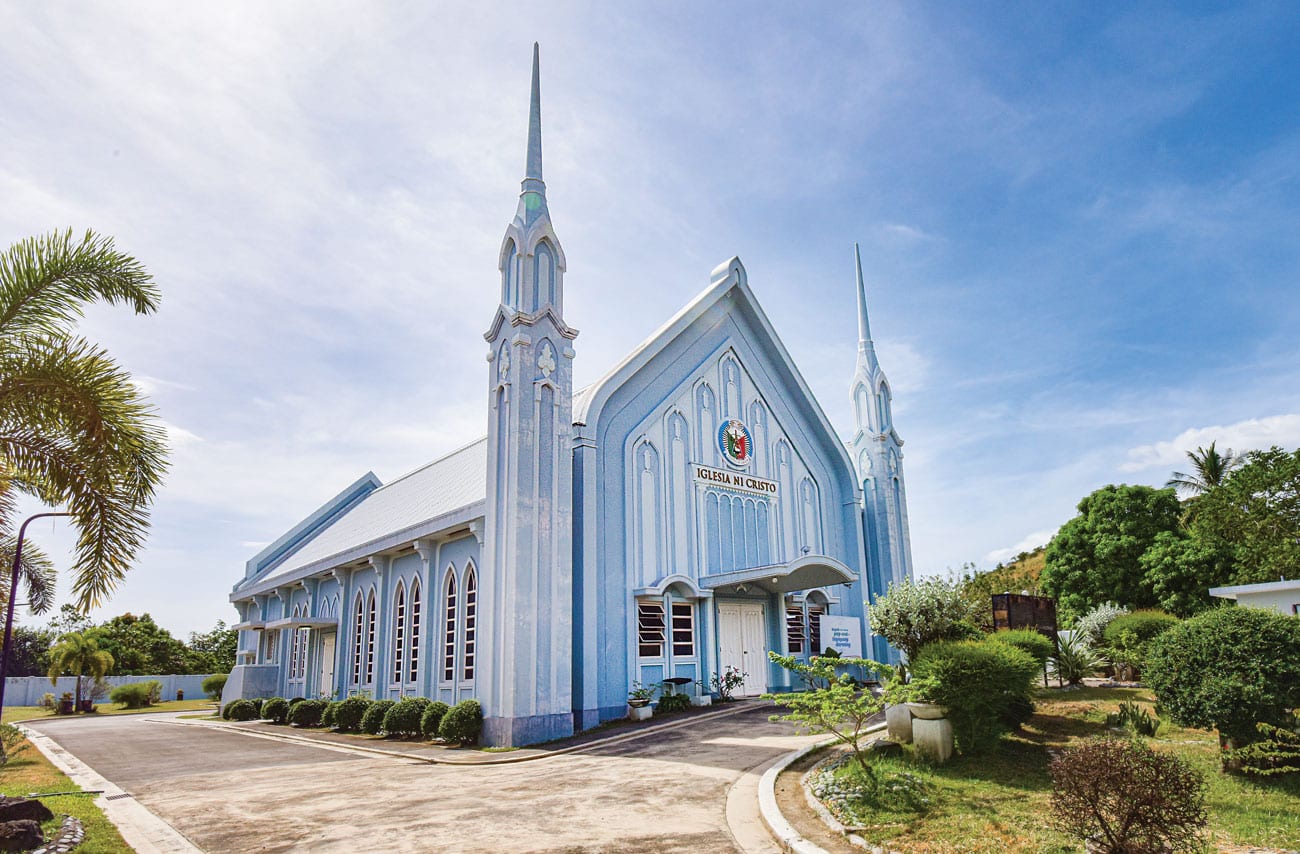
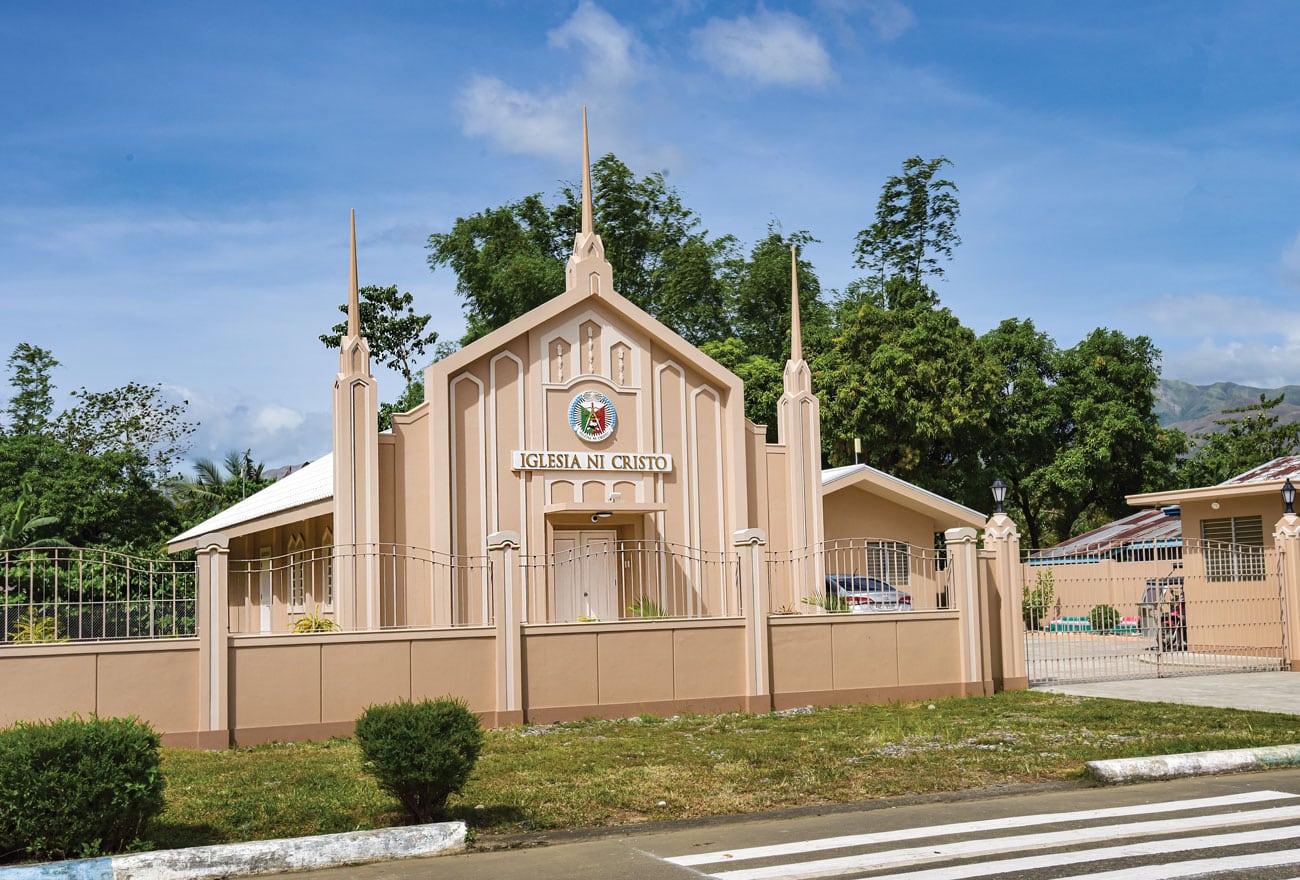
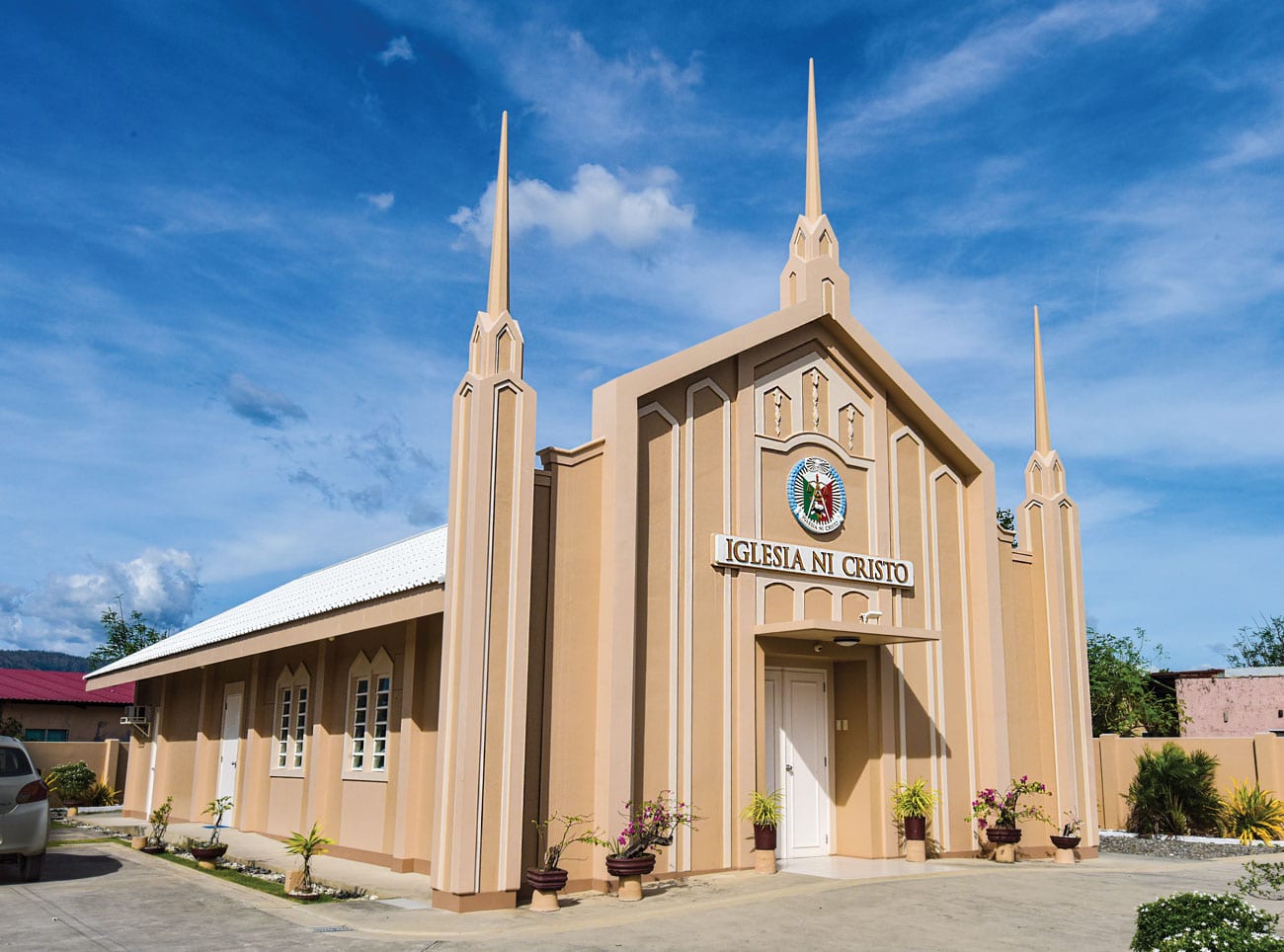

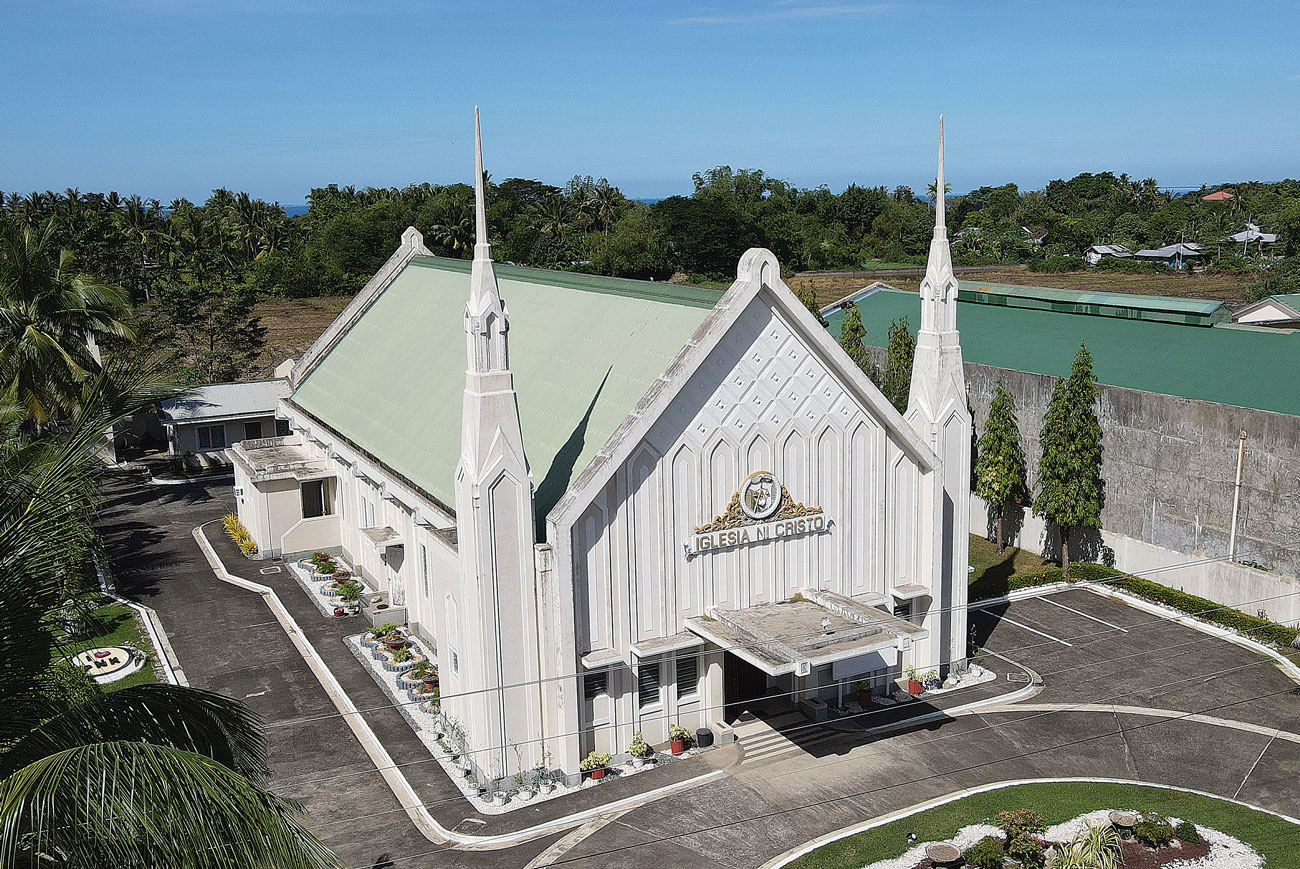
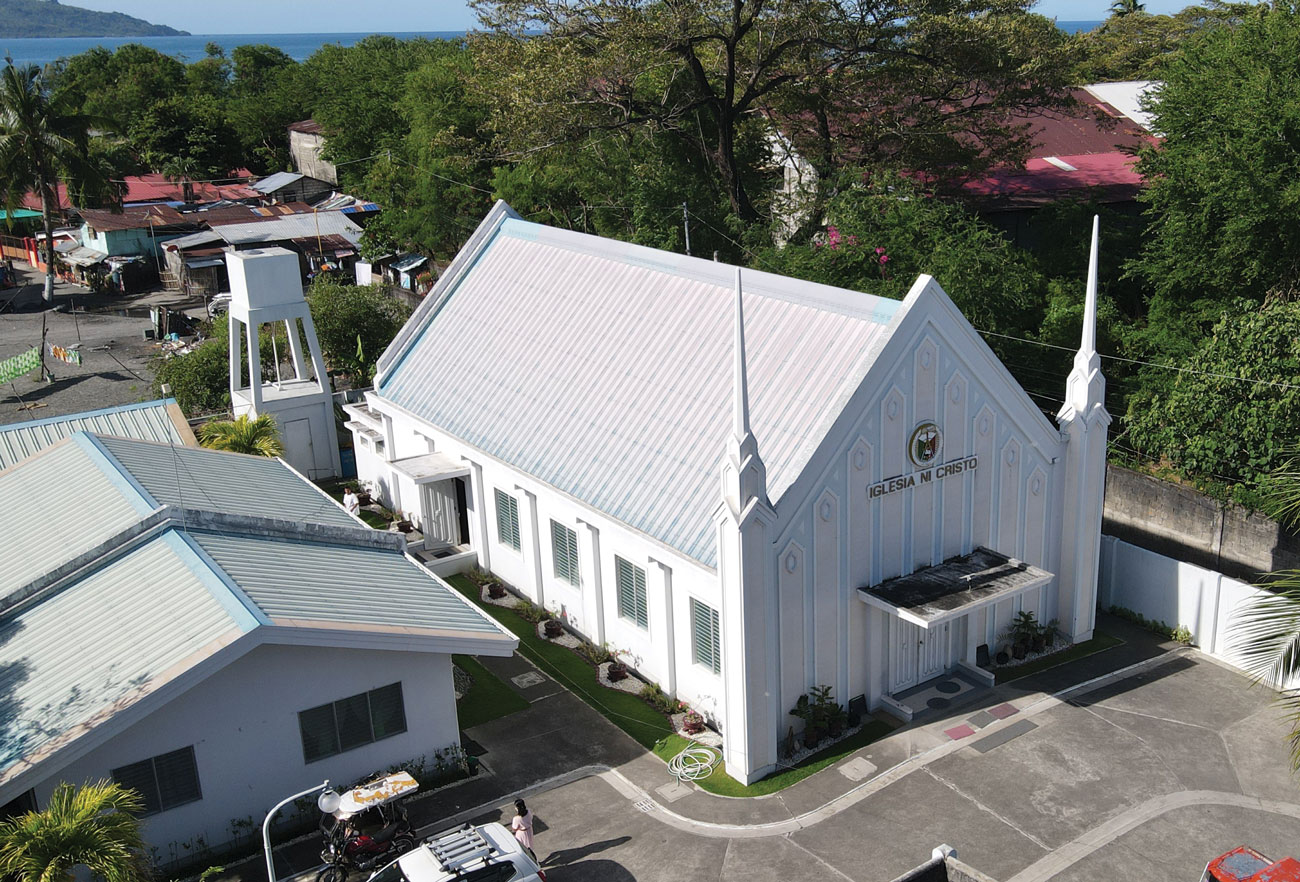
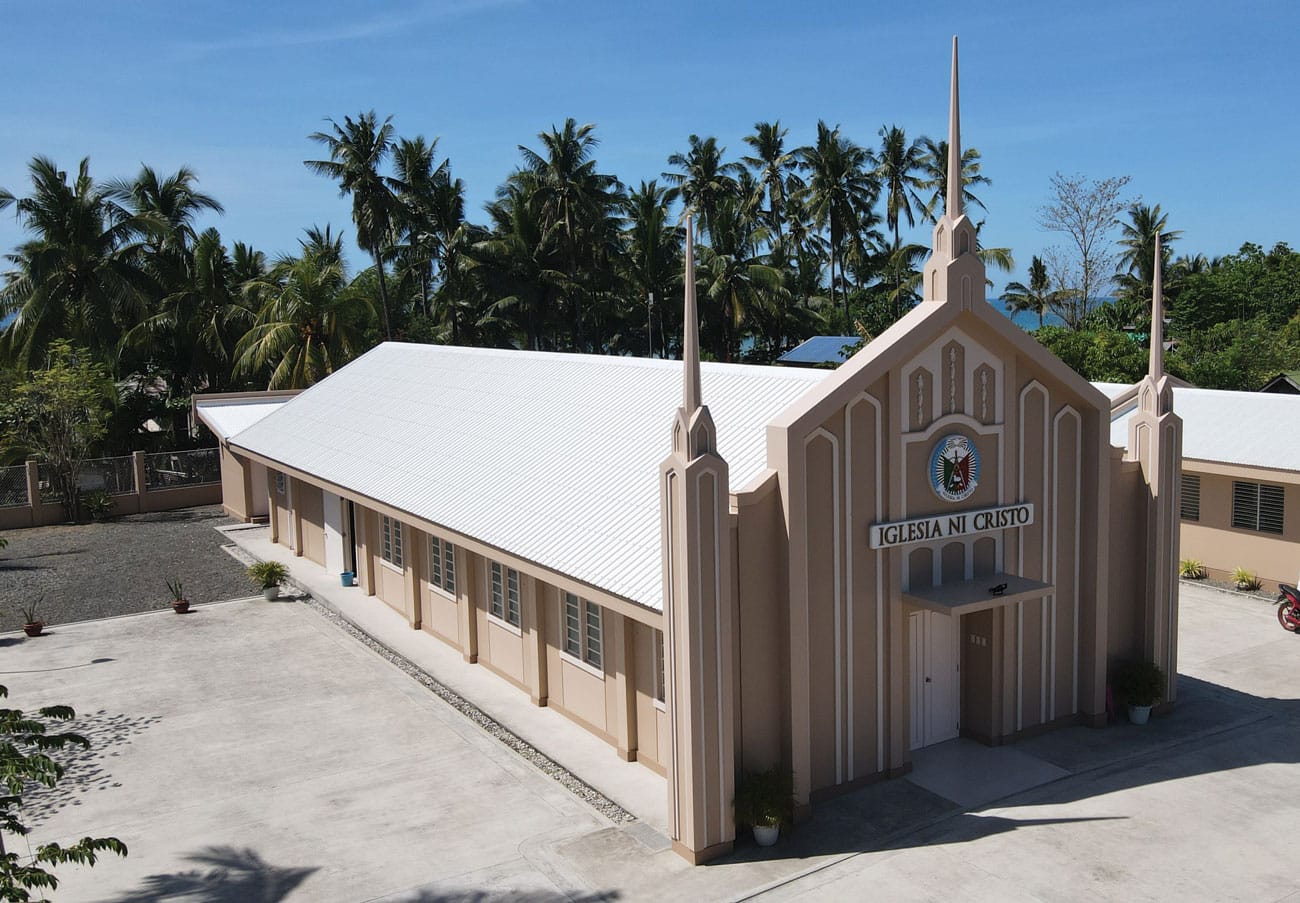

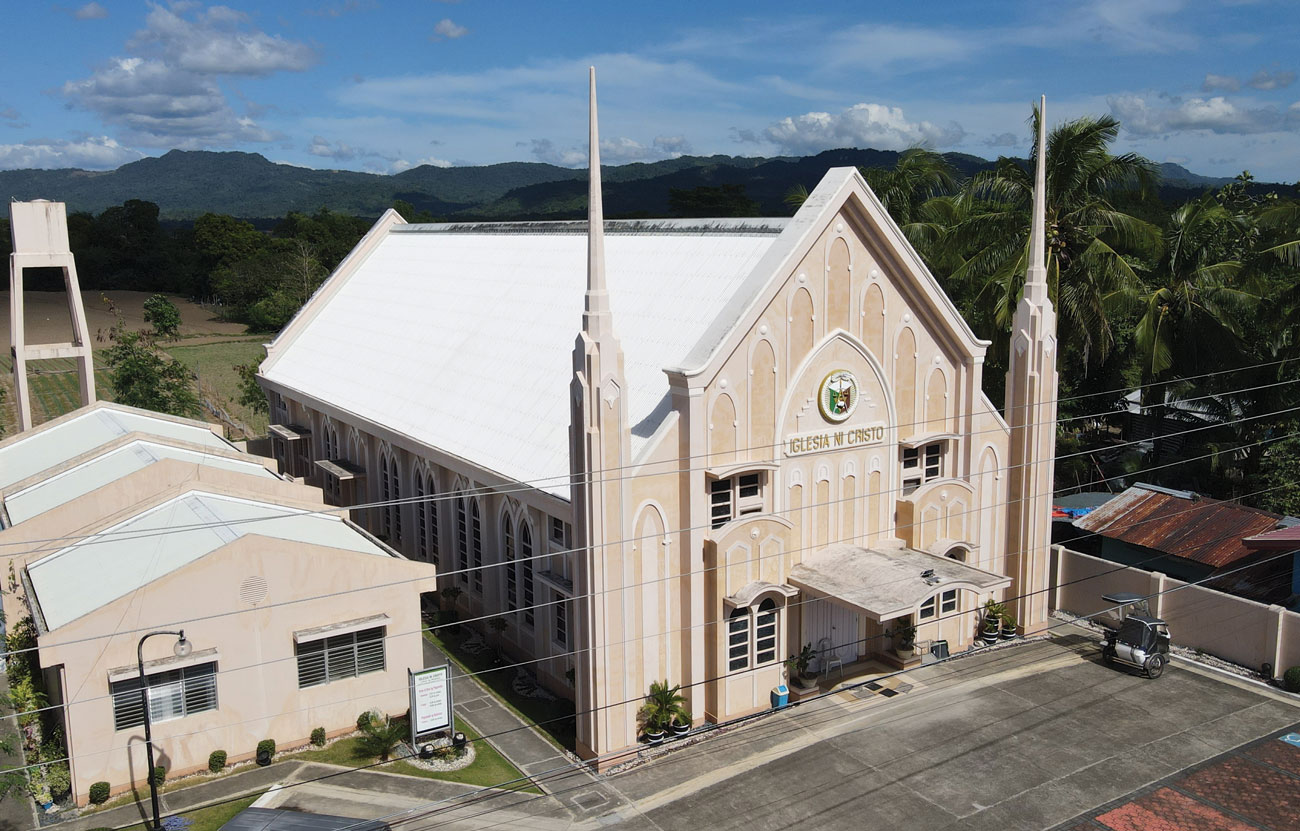


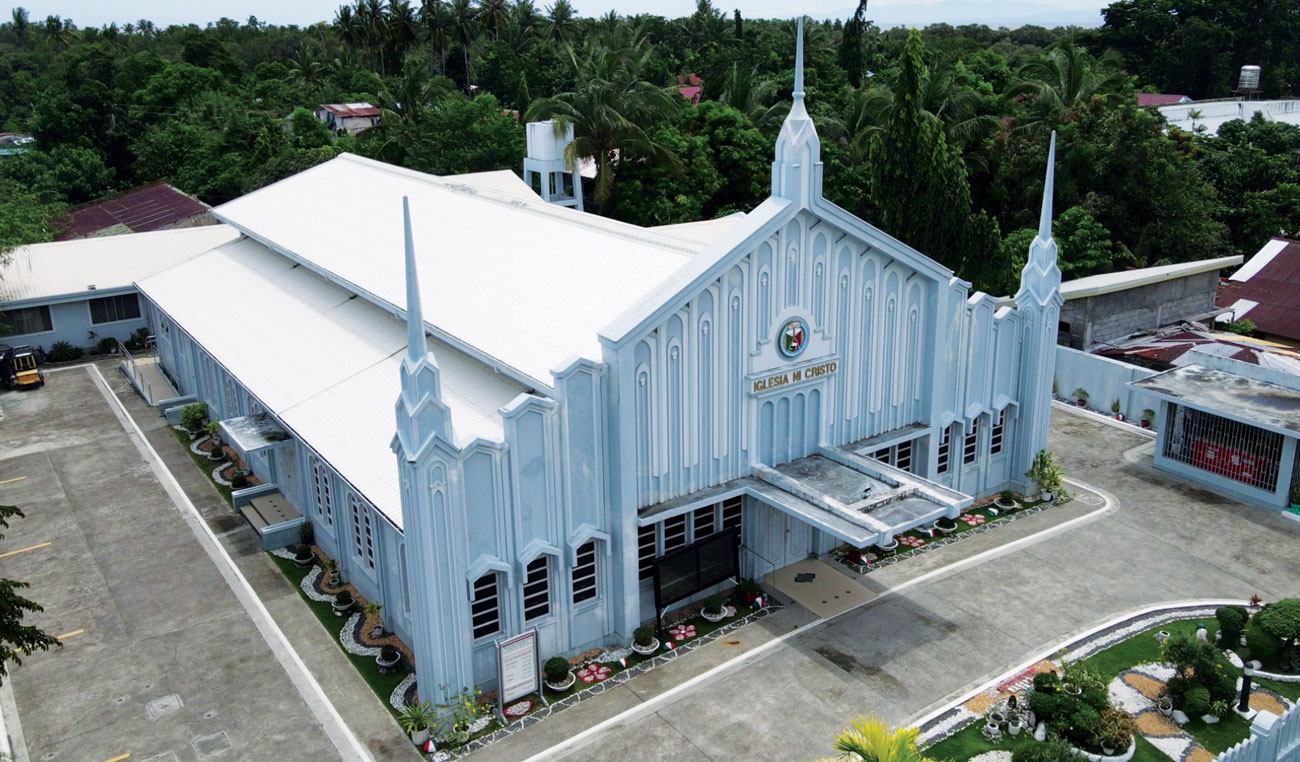
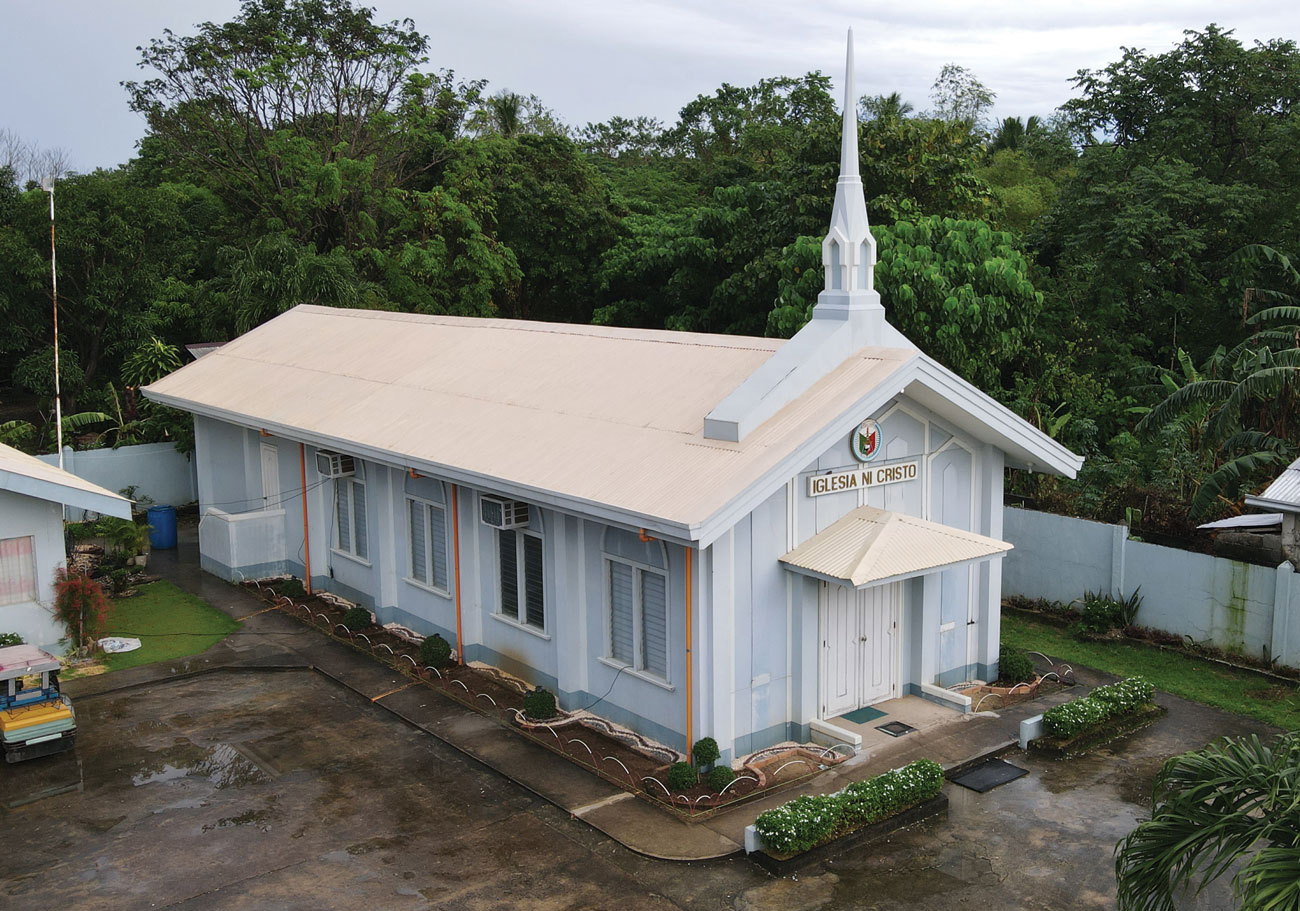
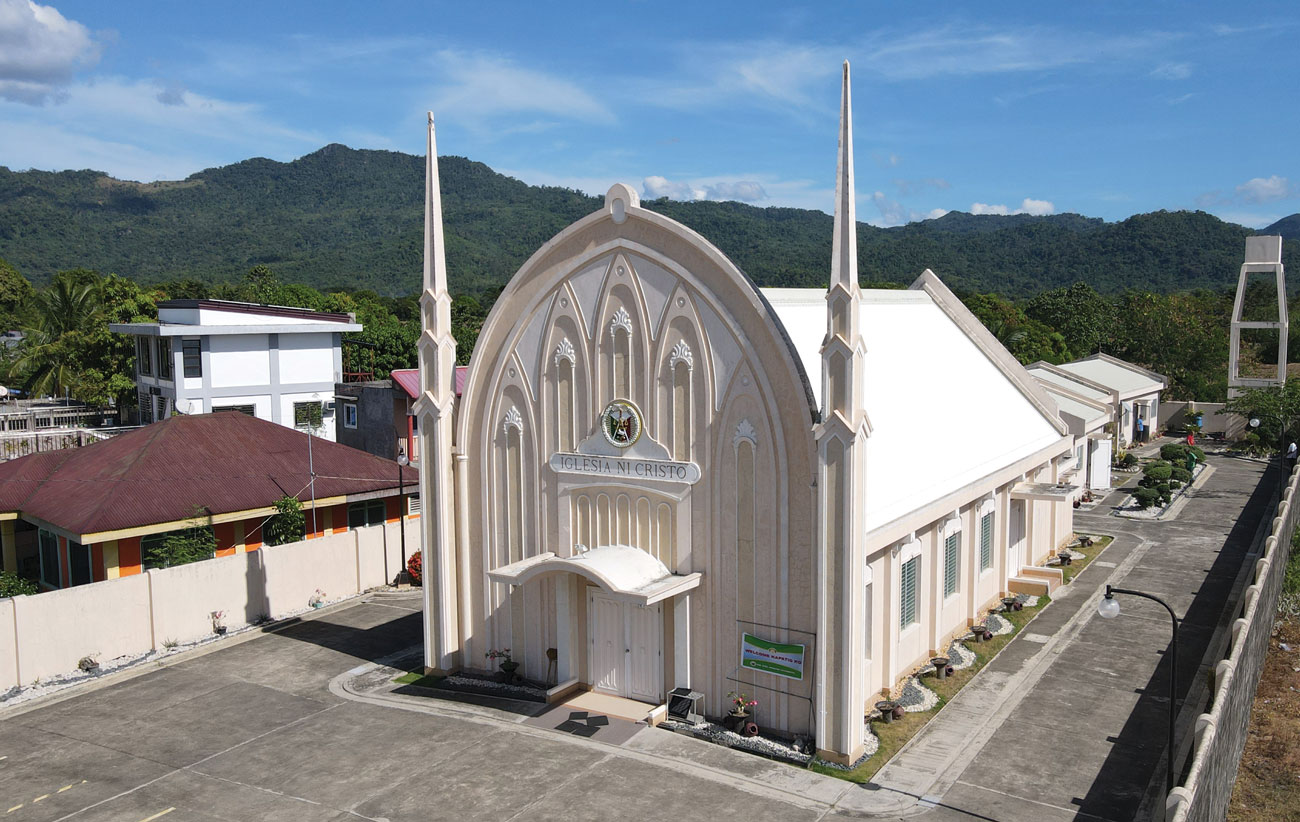


GOLDEN PADDY FIELDS, mountain ranges, pristine beaches, underwater sceneries, the second largest contiguous coral reef in the world, the Apo Reef Natural Park, among other spectacular sites. The province of Occidental Mindoro is not merely a Mina de Oro (mine of gold) or mine of precious metals, as its Spanish explorers named it in 1570. It is also a promising hub for tourism and is considered as one of the food baskets of the Philippines.
But despite having a history that predates the Spanish conquest of the Philippines by hundreds of years, Occidental Mindoro is a relatively young province, having been borne out of the division of the Mindoro Island into two provinces—Oriental Mindoro and Occidental Mindoro—on June 13, 1950. The province is in the western part of Mindoro Island that lies off the southern coast of Mainland Luzon. Its major industries include agriculture (rice, tobacco, onions, garlic), fishing and aqua farming, food processing, and mining (gold, silver, copper, chrome).
The province played an important part during World War II as the second landing site of the US Expeditionary Force that helped liberate the country from Japanese occupation. It is also the site of what is considered as the first sugar central in the Far East when the Philippine Milling Company established a sugar processing factory in San Jose Municipality in 1910.
The people of Occidental Mindoro are generally peaceful and shy, but friendly. The same can be said of the pioneering members of the Iglesia Ni Cristo in the province, whose congeniality to their fellowmen paved the way for the establishment and growth of the Church in Occidental Mindoro. Their efforts in helping in the Church’s works of propagation and edification brought forth the formation of new ecclesiastical districts within their province.
The beginnings of the Iglesia Ni Cristo (Church Of Christ) in the province of Occidental Mindoro can be traced back to early 1949 when Sisters Priscila Sarasola, Maria Jingco, Lydia Sarasola, and Brother Cesar Sarasola, members from the Local Congregation of Tayuman in Manila, arrived in San Jose (formely Pandurukan) to reside there. Because of their fervent desire to carry on with their services to God, they agreed to have Sister Priscila write a letter to Brother Felix Y. Manalo, God’s Messenger in these last days, to ask for a minister who would propagate God’s words and start the missionary endeavors of the Iglesia Ni Cristo in their area. The request was approved; Brother Felix Manalo sent Brother Catalino Alipio, a minister of the gospel.
The first worship service was held in a Quonset hut owned by Sister Priscila in Brgy. Pag-asa, San Jose. On March 13, 1949, the first local congregation in San Jose was established.
Afterwards, the Church Administration sent three more ministerial workers, namely, Brothers Samuel Gaña, Gregorio Abaya, and Marcelino Tacasa. Sharing the gospel with the locals in San Jose was not easy. The brethren were persecuted but that only strengthened their determination to intensify the propagational work, not being deterred. With the help and guidance of God, the initial fruits of their labors resulted in the conversion of ten people. The first worship service of those pioneering converts was held in Pallocan, San Jose that same year.
After that pioneering year of propagation, local congregations were established one after another. By 1985, when the office building for the Ecclesiastical District of Mindoro Occidental was inaugurated, there were already 35 local congregations established.
To all the more efficiently look after the spiritual needs of the growing number of members, on November 6, 2018, the Church Administration approved that from the Ecclesiastical District of Mindoro Occidental, a new district be formed—the Ecclesiastical District of Mamburao, Mindoro Occidental—and Mindoro Occidental District be renamed into the Ecclesiastical District of San Jose, Mindoro Occidental.
The Ecclesiastical District of Mamburao may have only been established on November 6, 2018, but the propagational works of the Church there has already started in 1957. The Church activities then were held at the house of Brother Diosdado Robles and were led by Brother Ernesto Ramos. Helping Brother Ramos were two volunteer workers, Brothers Alejandro Meneses and Pacifico Salum.
Their initial efforts resulted in the conversion of six people. And on March 7, 1957, the Church Administration approved the establishment of the Local Congregation of Mamburao with the holding of its first worship service.
Made of bamboo and straw, the first chapel the brethren used was built on the land owned by Brother Gerardo Tañedo along the highway. With God’s grace, the brethren were able to find a more strategic lot on June 2, 1965. There, a bigger house of worship was constructed for the local congregation to cater to the growing number of brethren. Its dedication to God was officiated by Brother Bienvenido C. Santiago on October 29, 1982.
The other congregations that are also considered as pioneers in the young district are those of Ligang and Abra de Ilog.
Tried and tested, the faith of the brethren in Occidental Mindoro is proven to be much more precious than gold. They are fervent in their hope to receive God’s promise of salvation on the day when the Lord Jesus Christ returns.